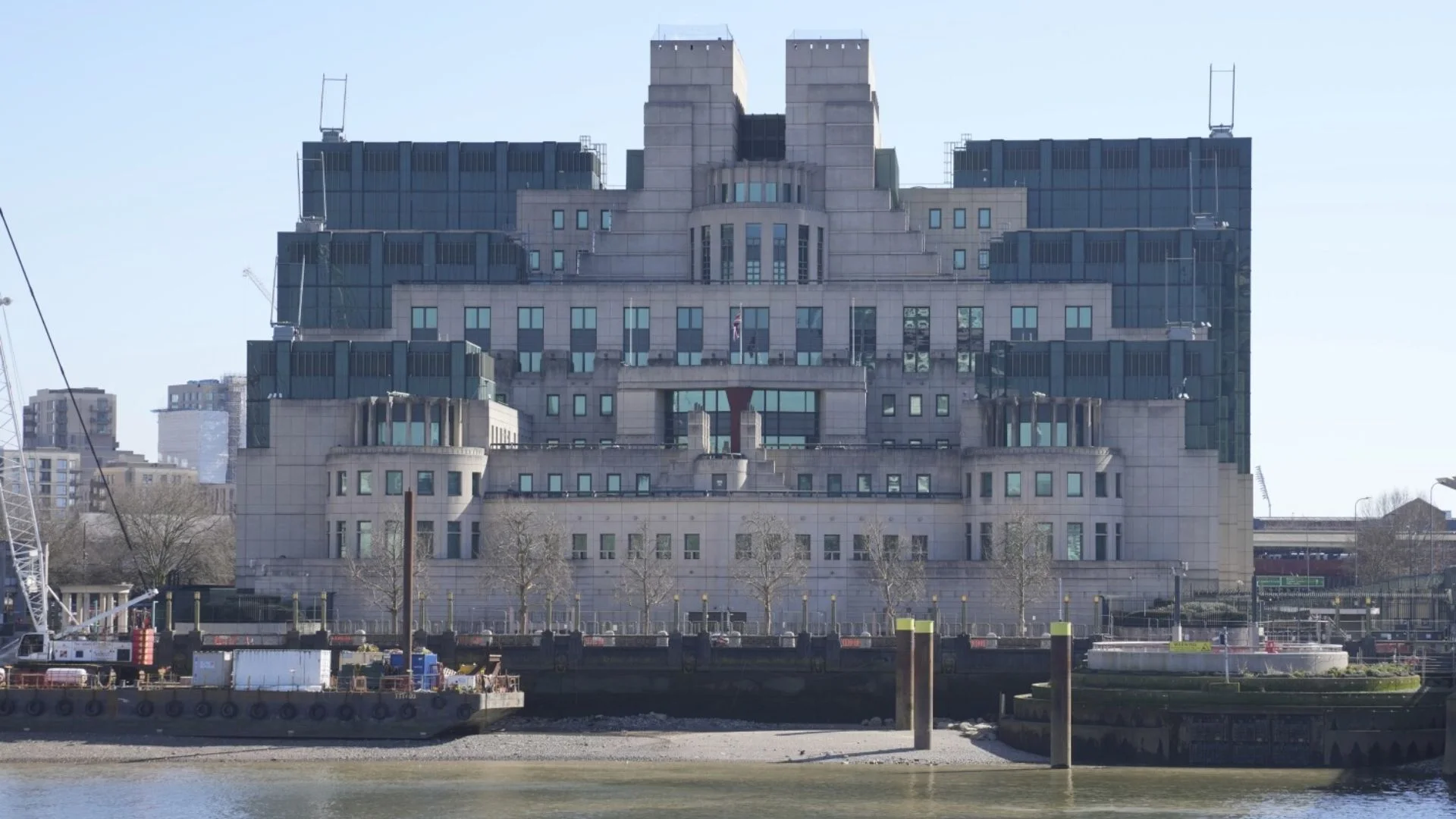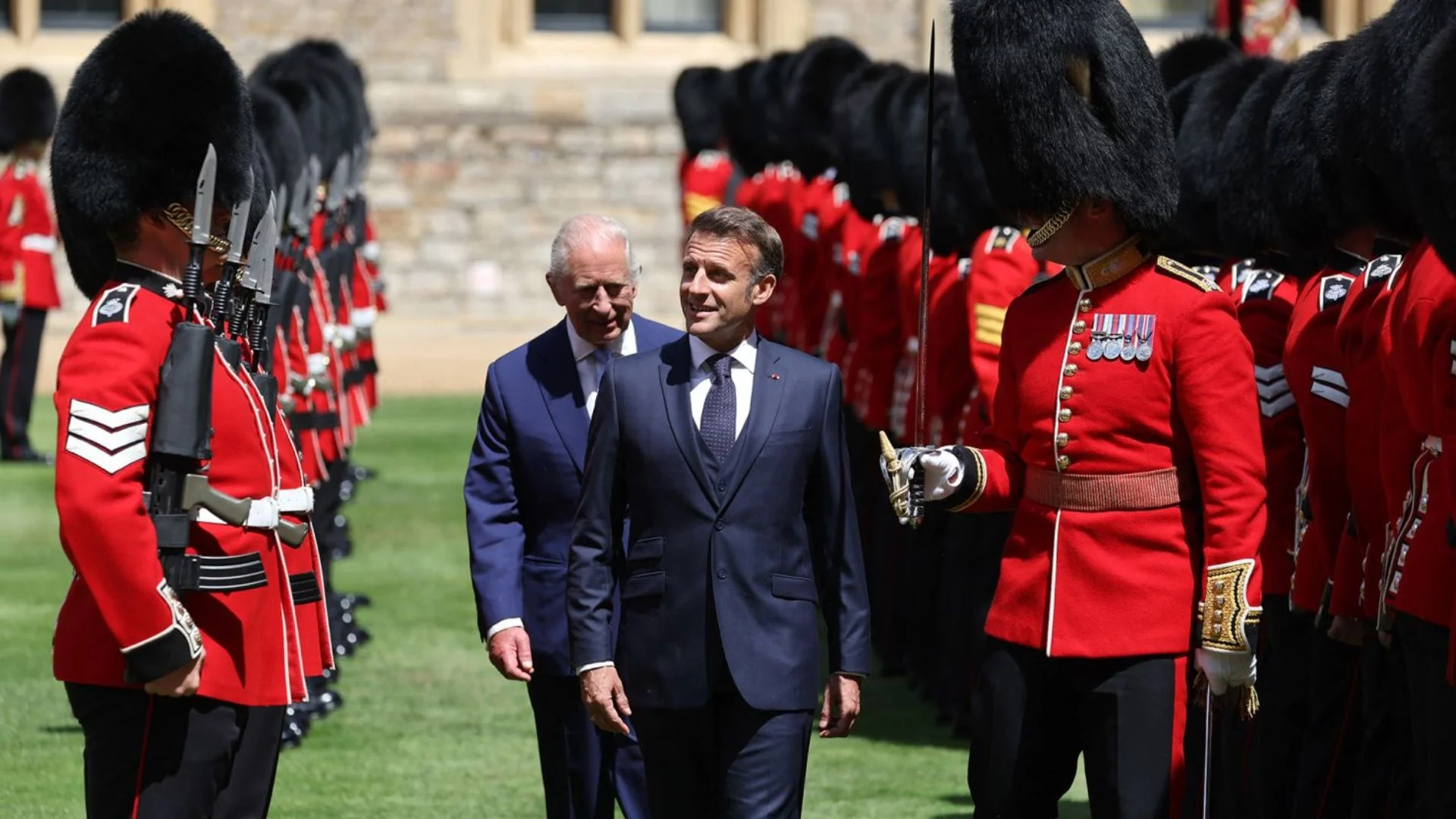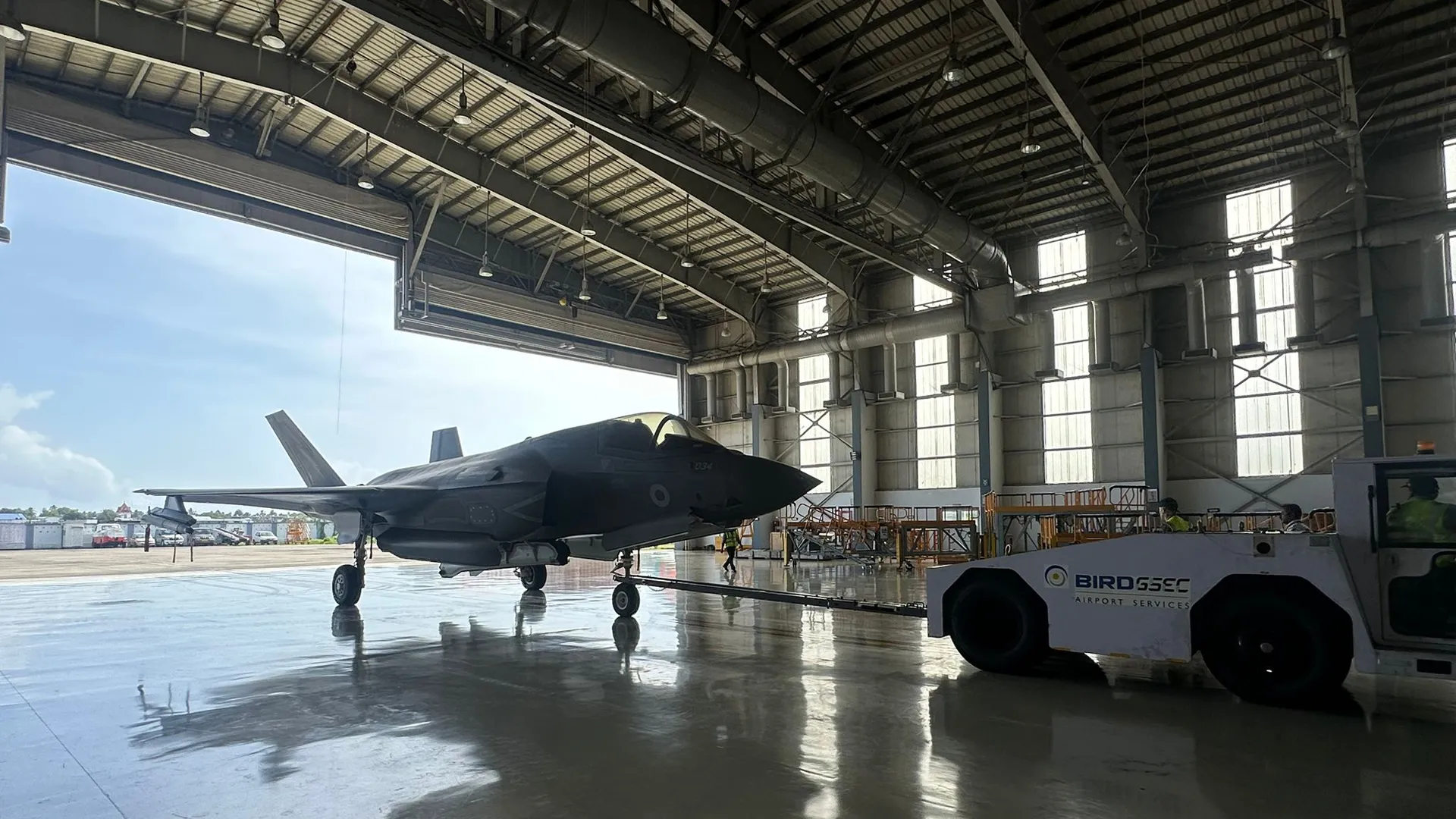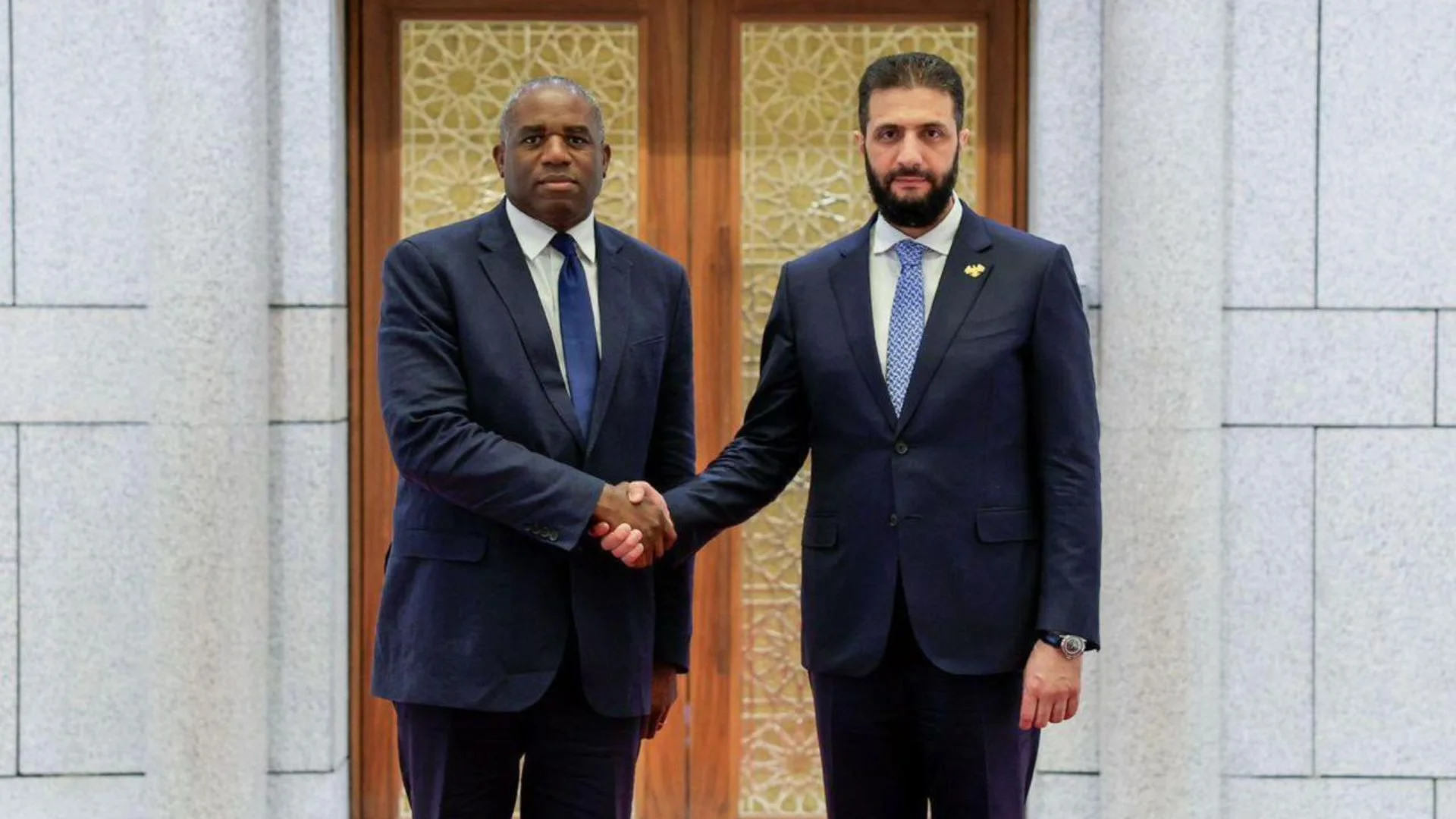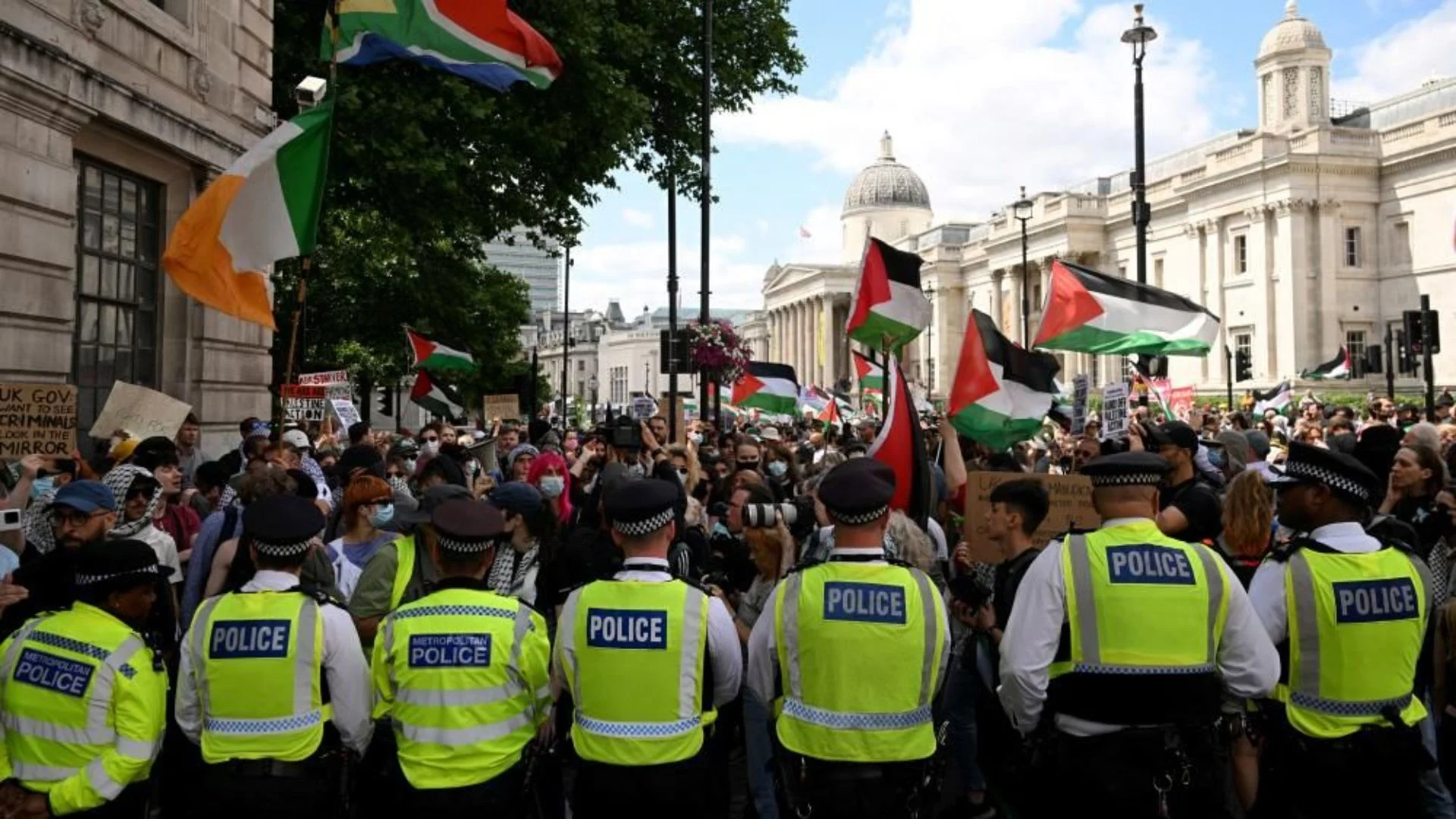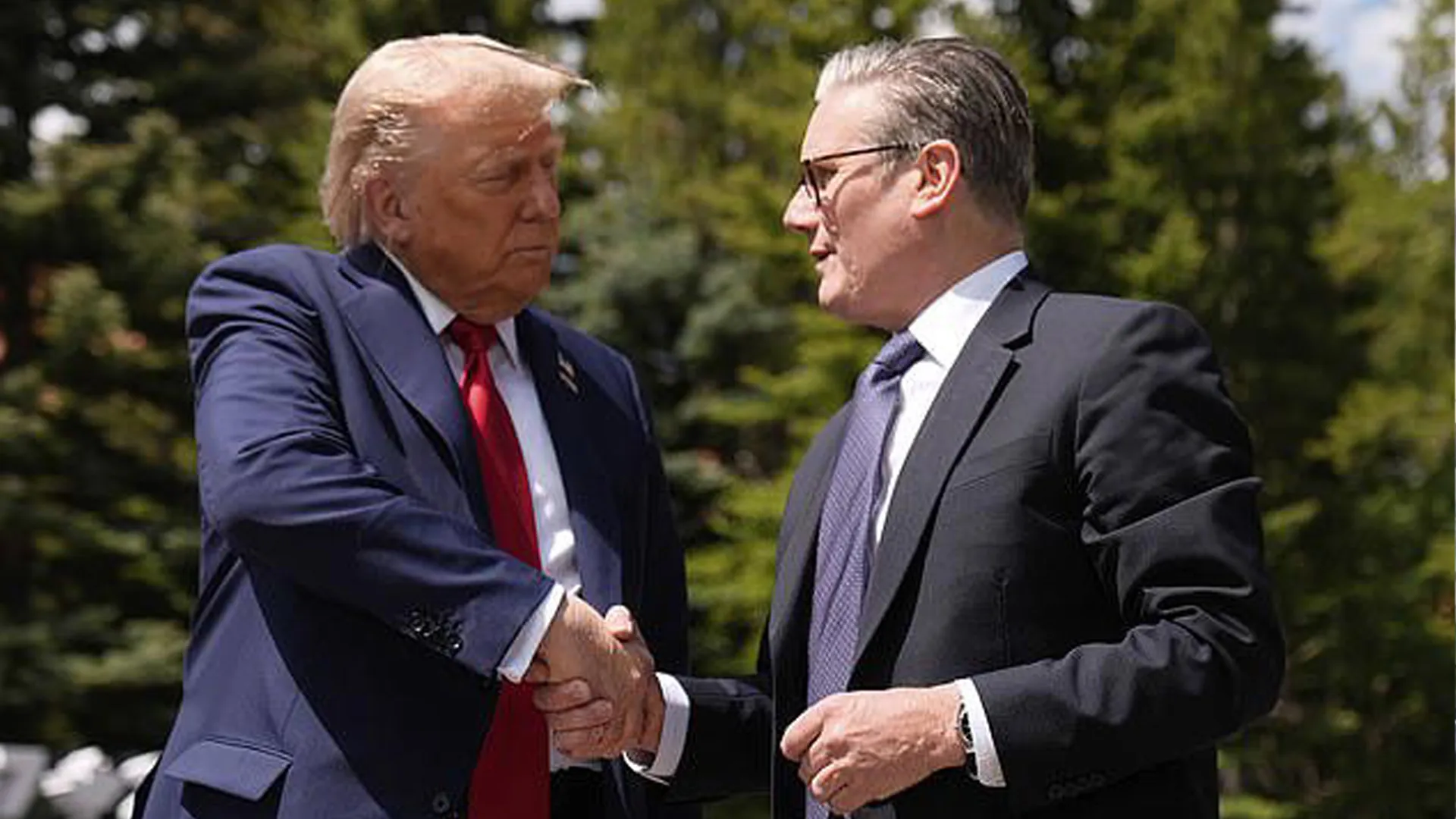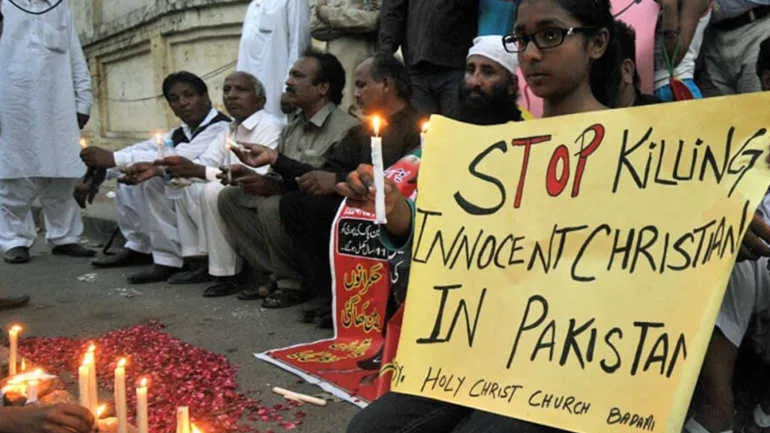In one of Britain’s most secretive and long-running Cold War-style espionage investigations, MI5 initiated a secret operation code-named Operation Wedlock amid concerns that a high-ranking MI6 officer had been spying for Russia.
The 20-year investigation, begun in the 1990s, followed a tip-off to the CIA that suspected one of its Britain-based British intelligence officials was passing sensitive information to Moscow. Although the probe later ended without concrete proof, it left authorities suspecting that a mole might still be within the UK foreign intelligence service.
As many as 35 MI5 agents participated in the exercise, risking surveillance on a high-level scale across Europe, Asia, and the Middle East. One reported operation required an entire surveillance unit to travel to the Middle East, where they used a CIA safe house without the knowledge of the host nation a violation of international law.
In order to keep the operation secret, officers were briefed in nondescript places, even a church, and functioned from a front business in south London. MI5 also wired the suspect’s house, employing hidden cameras and stealthy devices, and monitored his global travels using real passports with false names.
In spite of vast resources and worldwide operations, MI5 was unable to find conclusive proof that the MI6 officer was a double agent. Sources involved explained that although some of the officer’s conduct was suspicious, it was not attributable to espionage.
The probe uncovered the novelity of the UK intelligence services monitoring each other, highlighting the seriousness of the operation. The suspect being monitored was a senior MI6 officer and had access to top-secret information. The intelligence authorities were concerned that he might have picked up on the surveillance.
Operation Wedlock officially came to a close in approximately 2015, after the officer had resigned from MI6, but doubts linger. “If he was not him,” said one source, “then maybe the true mole is still at large.”

